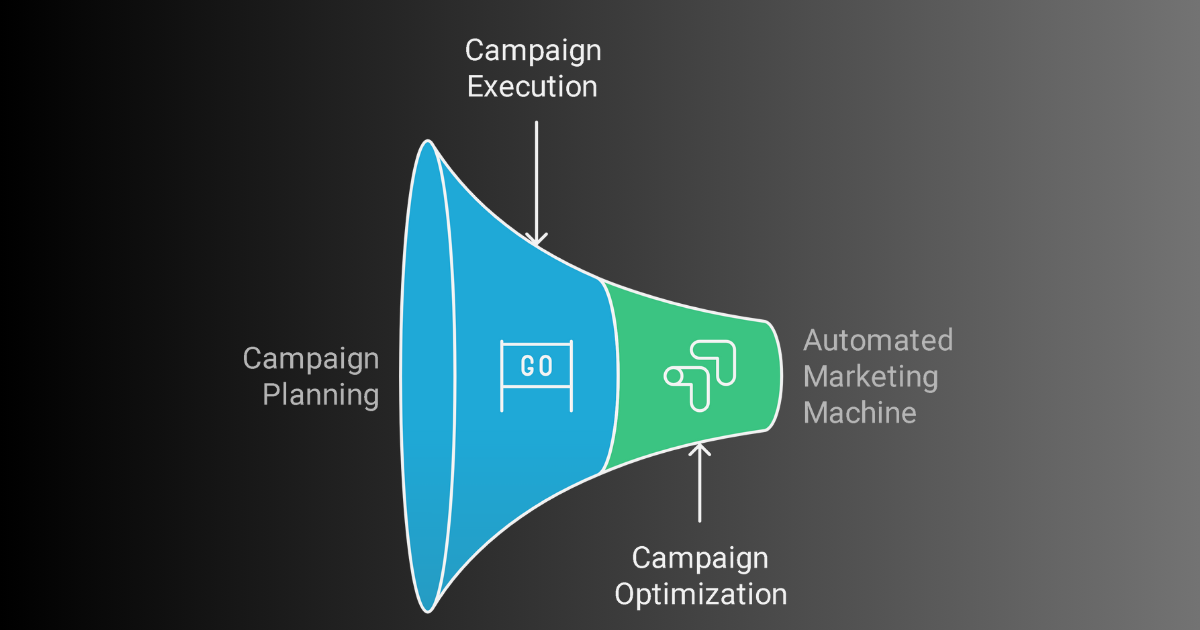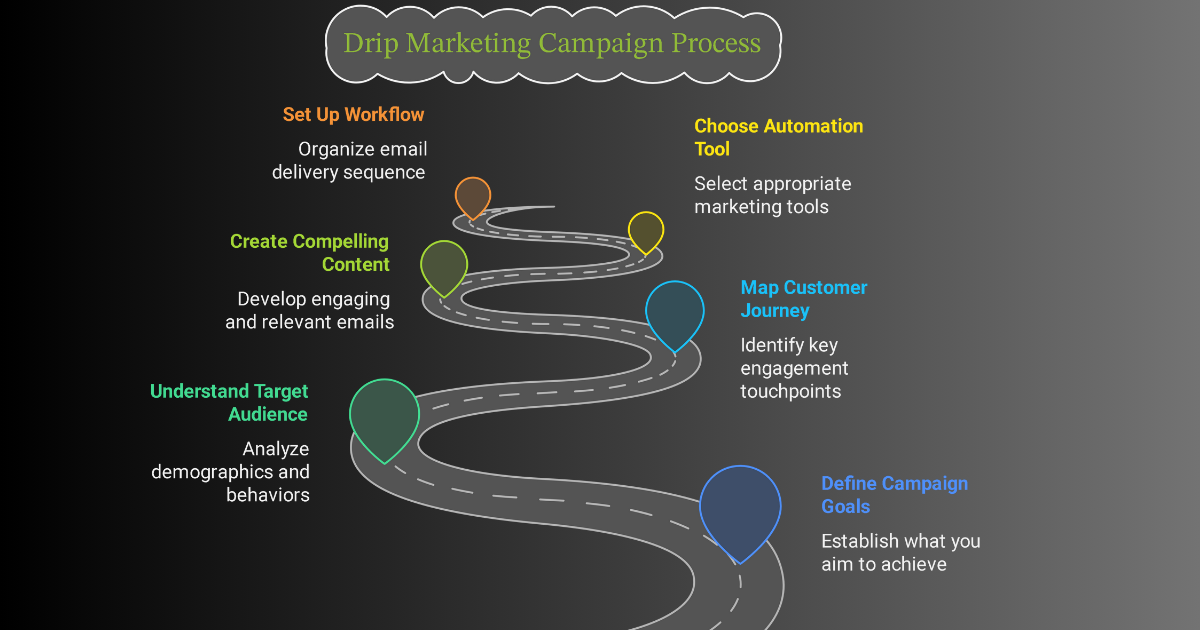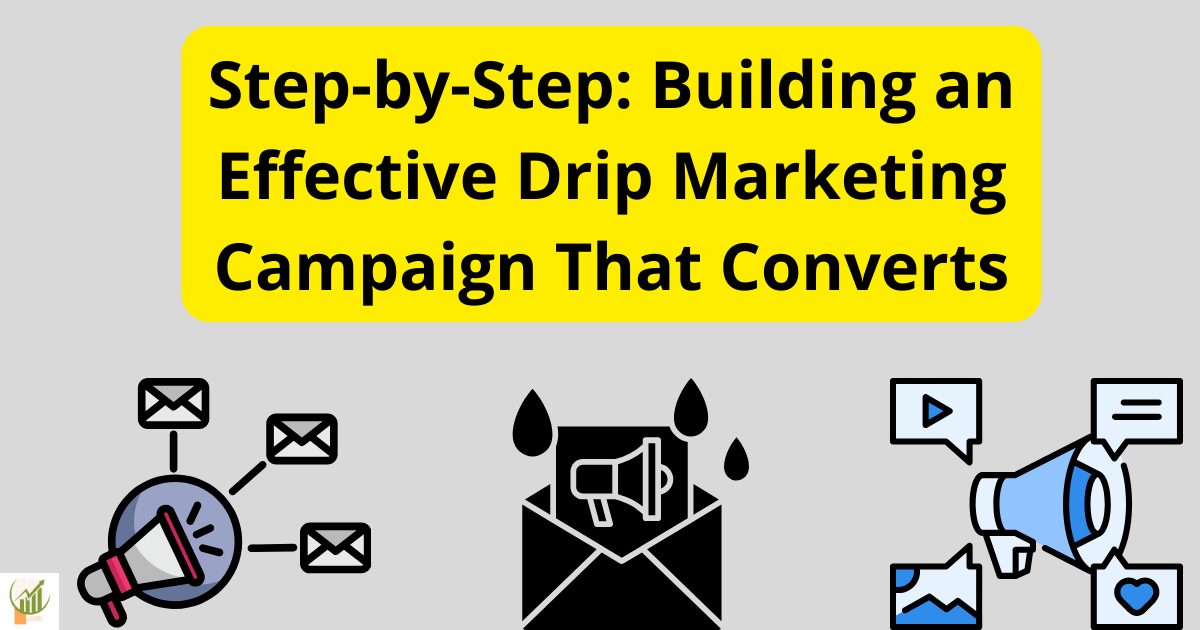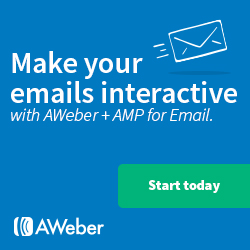A well-crafted drip marketing campaign can be a game-changer for businesses seeking to nurture leads, boost engagement, and drive consistent conversions.
But many marketers struggle with how to plan, execute, and optimize these campaigns effectively.
This guide will walk you through every step of creating a drip marketing campaign that delivers measurable results.
By the end of this article, you’ll have all the tools and knowledge you need to build an automated marketing machine that works while you focus on other aspects of your business.
What is a Drip Marketing Campaign?
A drip marketing campaign is an automated series of messages sent to customers or prospects over a set period, often triggered by specific actions or behaviors.
These campaigns help businesses build relationships with their audience by delivering personalized content at just the right time.
For example, when a new user signs up for your newsletter, a drip campaign might send:
- A welcome email introducing your brand on day one.
- A helpful resource or blog link on day three.
- A special offer or discount on day seven to encourage a purchase.

Building an Effective Drip Marketing Campaign
Unlike a one-off email blast, drip campaigns are tailored to individual journeys, making them highly effective for lead nurturing, customer onboarding, and retention.
Benefits of a Drip Marketing Campaign
Drip marketing campaigns offer numerous benefits, including:
- Better Engagement: Automated messages are sent when your audience is most receptive, leading to higher open and click-through rates.
- Scalable Personalization: Tailor emails to audience segments without manually crafting individual messages.
- Higher Conversion Rates: Consistent communication builds trust, making recipients more likely to take action.
- Time and Resource Efficiency: Automation reduces the need for manual follow-ups, freeing your team for other tasks.
- Data-Driven Insights: Campaign performance metrics enable you to continuously refine your strategy.

Step-by-Step Guide to Building an Effective Drip Marketing Campaign
1. Define Your Campaign Goals
Before starting, consider this: What do I aim to accomplish? Your objectives will determine the framework and focus of your campaign. Common goals include:
- Converting leads into customers.
- Educating users about your product.
- Re-engaging inactive subscribers.
For instance, an ecommerce brand may design a drip campaign to recover abandoned carts, while a SaaS company might use one to onboard new users effectively.
2. Understand Your Target Audience
To create impactful campaigns, you must deeply understand your audience. Start by building buyer personas based on:
- Demographics (age, location, job title).
- Pain points and challenges.
- Purchasing habits and behaviors.
Segment your audience into groups with similar characteristics.
For instance, craft distinct emails for first-time buyers and returning customers. A more personalized strategy leads to improved outcomes.
3. Map Out the Customer Journey
The customer journey outlines the stages a prospect goes through before converting. By mapping this journey, you can identify key touchpoints to engage with your audience:
- Awareness Stage: Provide educational content that addresses their problems.
- Consideration Stage: Share product benefits, case studies, or comparisons.
- Decision Stage: Deliver compelling offers or testimonials to seal the deal.
For example, an awareness-stage email might offer a free guide, while a decision-stage email could highlight a limited-time discount.
4. Create Compelling and Relevant Content
Your campaign’s success hinges on its content. Each email must deliver value and encourage recipients to take action.
Here’s how to structure effective emails:
- Start Strong: Use attention-grabbing subject lines to boost open rates.
- Be Clear and Concise: Stick to one key message per email.
- Include a Call-to-Action (CTA): Make it easy for readers to take the next step.
Examples of drip campaign content include:
- Welcome emails introducing your brand.
- Educational emails offering how-to guides or industry insights.
- Promotional emails with exclusive discounts or time-sensitive offers.
5. Choose the Right Marketing Automation Tool
Selecting the right automation tool is critical. Popular options include:
- getresponse: Great for small businesses with user-friendly templates
- ActiveCampaign: Ideal for advanced segmentation and analytics.
- HubSpot: Offers robust CRM integration for enterprise-level campaigns.
Look for tools that offer features like segmentation, scheduling, and analytics. Choose one that fits your budget and technical needs.
6. Set Up Your Drip Campaign Workflow
Creating a drip campaign workflow involves orchestrating the delivery of messages so they reach your audience at the perfect moment. Here’s a step-by-step process to set it up effectively:
1. Define Your Sequence Structure
Decide how many emails your campaign will include and the specific purpose of each email. For example:
- Email 1 (Day 1): Welcome email that thanks the subscriber and introduces your brand.
- Email 2 (Day 3): Share valuable educational content, such as a blog post or video.
- Email 3 (Day 7): Showcase social proof with testimonials or case studies.
- Email 4 (Day 10): Offer a discount or exclusive promotion to incentivize action.
- Email 5 (Day 15): Follow up with a final nudge and a clear CTA.

2. Choose Triggers and Timing:
Drip campaigns rely on triggers—specific actions or events that start the workflow. Examples include:
- Sign-Up Trigger: A new subscriber joins your email list.
- Behavioral Trigger: A customer downloads a free resource or abandons their cart.
- Time-Based Trigger: Regular follow-ups after a fixed interval.
Timing is crucial. Avoid overwhelming recipients by spacing out emails. A typical schedule involves sending an email every 3–5 days, though this can vary depending on your audience’s engagement levels.
3. Automate with the Right Tool
Use automation tools to set up the workflow. Define triggers, schedule delivery times, and personalize content for audience segments.
7. Monitor, Test, and Optimize
Even after launching your drip campaign, the effort continues. Monitoring performance, testing variations, and optimizing your campaign are critical steps to ensure success.
1. Track Key Performance Metrics
- Open Rate: The proportion of recipients who open your emails.
- Click-Through Rate (CTR): Percentage who click links in your emails.
- Conversion Rate: Percentage who achieve desired actions.
- Unsubscribe Rate: High rates suggest poor engagement or too frequent emails.
2. Conduct A/B Testing
Test different subject lines, CTAs, and email designs. Review the performance data to uncover what resonates best with your audience.
3. Analyze Engagement Patterns
Use analytics to understand when your audience is most active and adjust timing accordingly.
4. Iterate and Refine
Continuously improve your campaign based on performance insights.
Conclusion
By following these steps, you’ll be equipped to create drip marketing campaigns that engage your audience, drive conversions, and build lasting relationships.
Start today to see the power of automated, personalized marketing in action!


